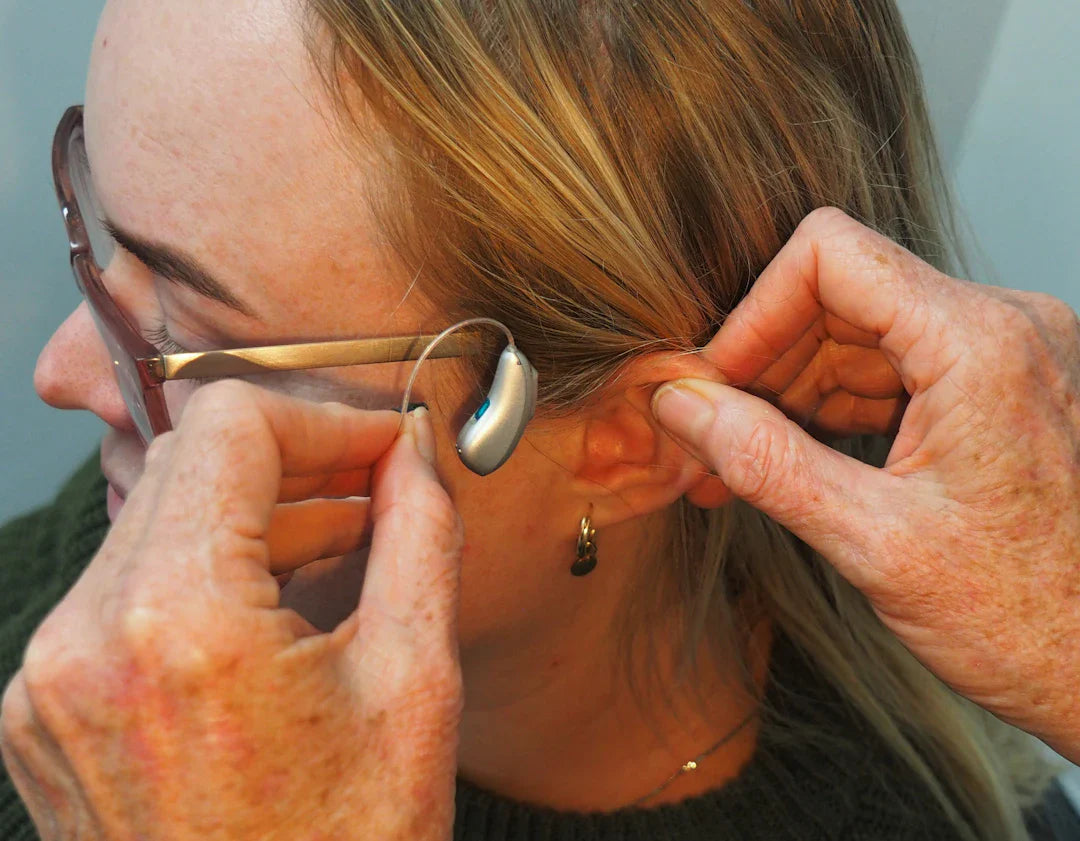Revolutionising Social Interactions: The Advancement of Hearing Aid Technology
Introduction:
In recent years, the field of audiology has witnessed remarkable advancements, particularly in hearing aid technology. These developments have significantly enhanced the quality of life for individuals with hearing impairments, enabling them to engage more fully in social interactions and daily activities. This blog post delves into the latest innovations in hearing aid solutions, with a focus on how they are engineered to understand and adapt to sounds in social environments.
Understanding the Challenge:
Hearing impairment often poses significant challenges in social situations. Background noise, multiple speakers, and varying acoustic environments can make it difficult for traditional hearing aids to provide clear sound. Recognising these challenges, audiologists and hearing technology developers have focused on creating more advanced hearing solutions.
Advancements in Hearing Aid Technology:
The latest generation of hearing aids are not just amplifiers of sound; they are sophisticated devices designed to adapt to the wearer's environment. These modern hearing aid solutions are equipped with features like directional microphones, noise reduction algorithms, and artificial intelligence (AI) to distinguish between speech and background noise.
Directional Microphones:
One key feature in modern hearing aids is the use of directional microphones. These microphones are designed to focus on the sound coming from in front of the wearer, typically where a conversation partner would be, while reducing noise from other directions. This technology significantly improves speech understanding in noisy environments, a common issue faced in social settings.
Noise Reduction Algorithms:
Advanced hearing aids are also equipped with noise reduction algorithms. These sophisticated systems can identify and reduce background noise, making it easier for the wearer to focus on speech. This technology is particularly beneficial in social settings like restaurants or crowded events, where background noise can be overwhelming.
Artificial Intelligence (AI):
Perhaps the most groundbreaking advancement in hearing aid technology is the integration of AI. AI-powered hearing aids can learn and adapt to the wearer's listening preferences and environments. They can automatically adjust settings for optimal hearing in different social scenarios, whether it's a quiet conversation or a noisy gathering. This personalisation ensures that users receive the most appropriate amplification for their specific needs.
Connectivity Features:
Modern hearing solutions are also increasingly connected. Many hearing aids now offer Bluetooth connectivity, allowing them to interface with smartphones, televisions, and other electronic devices. This connectivity not only improves the user experience but also facilitates better control over the hearing aid settings in various social contexts.
Hearing Assessment and Customisation:
To maximise the benefits of these advanced hearing aids, a thorough hearing assessment by a qualified audiologist is essential. This assessment ensures that the hearing aid is tailored to the individual's specific hearing loss pattern. Personalisation is key in hearing aid technology, as it ensures that the device is optimised for the wearer's unique hearing needs.
Impact on Social Life:
The advancements in hearing aid technology have had a profound impact on the social lives of individuals with hearing impairments. With better sound quality and the ability to filter out background noise, users can engage in conversations more confidently and effectively. This improvement in communication has a positive effect on social interaction, mental health, and overall quality of life.
Conclusion:
The field of audiology has made significant strides in developing hearing aid solutions that not only improve hearing but also enhance the ability to understand and adapt to sounds in social situations. These advancements, from directional microphones to AI integration, offer hope and improved quality of life for those with hearing impairments. As technology continues to evolve, we can expect even more innovative hearing solutions that will further revolutionise the way individuals with hearing loss experience the world around them.
By embracing these technological advancements and through comprehensive hearing assessments, individuals can find the hearing solutions that best fit their lifestyles and needs. The future of hearing aid technology is bright, and its impact on social interactions and overall well-being is undoubtedly transformative.




